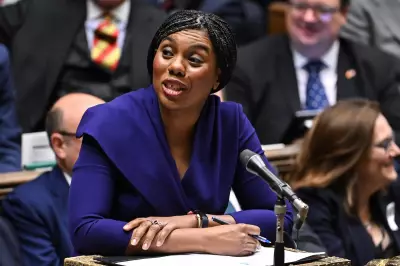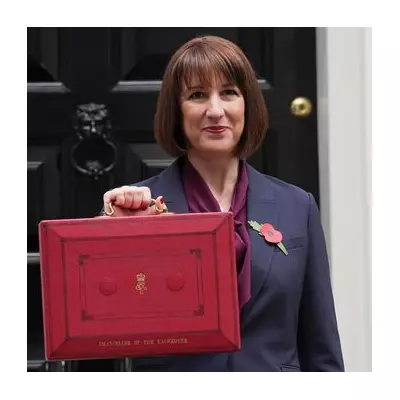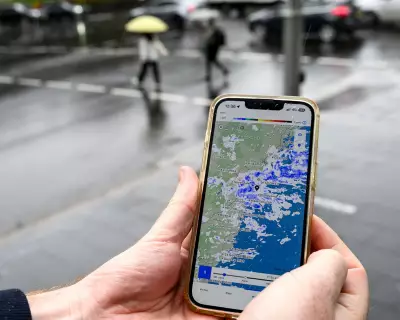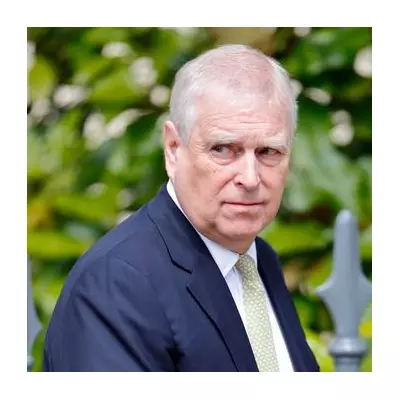
The spectacle was unlike anything modern diplomacy had ever witnessed. A sitting US President and the reclusive Supreme Leader of North Korea, once trading fiery threats of nuclear annihilation, were suddenly sharing handshakes, smiles, and lofty promises of peace. The series of summits between Donald Trump and Kim Jong Un between 2018 and 2019 remains one of the most extraordinary chapters in recent geopolitical history.
The Singapore Breakthrough: A Historic First Meeting
It all began with a historic first. The June 2018 meeting in Singapore shattered decades of precedent, marking the first-ever meeting between a US leader and a North Korean head of state. The images were beamed across the globe: the two leaders striding confidently side-by-side, a solitary handshake against a backdrop of alternating national flags. The resulting joint statement was brimming with ambition, vaguely committing North Korea to "complete denuclearisation of the Korean Peninsula" in exchange for US security guarantees.
The Hanoi Collapse: When Diplomacy Stalled
The momentum built in Singapore came to a crashing halt in Hanoi, Vietnam, in February 2019. The highly anticipated second summit abruptly ended without a deal. The core disagreement was starkly simple: Trump demanded a comprehensive deal for full denuclearisation before lifting crushing economic sanctions, while Kim sought a step-by-step approach with sanctions relief at each stage. The world watched as the two leaders left negotiations empty-handed, a stark reminder of the deep distrust that underpinned the pageantry.
The DMZ Encounter: A Spontaneous Third Act
Never one to shy away from the dramatic, Trump orchestrated a third, impromptu meeting in June 2019. From the sidelines of the G20 summit in Osaka, he issued a spontaneous invitation via Twitter. Hours later, he became the first US president to set foot in North Korea, stepping over the iconic line at the Panmunjom truce village in the Demilitarised Zone (DMZ). While a powerful photo opportunity, this meeting failed to reignite substantive negotiations, which had already begun to falter.
A Legacy of Spectacle Over Substance
So, what was the ultimate outcome of this diplomatic whirlwind? Analysts largely agree that while the summits dramatically reduced tensions and paused North Korea's provocative missile testing for a period, they failed to achieve the stated goal of denuclearisation. North Korea continued to expand its weapons capabilities in the background. Ultimately, the Trump-Kim summits are remembered more for their unprecedented spectacle than for any concrete, lasting policy achievements, leaving a complex legacy of personal diplomacy that prioritised headlines over verifiable progress.





